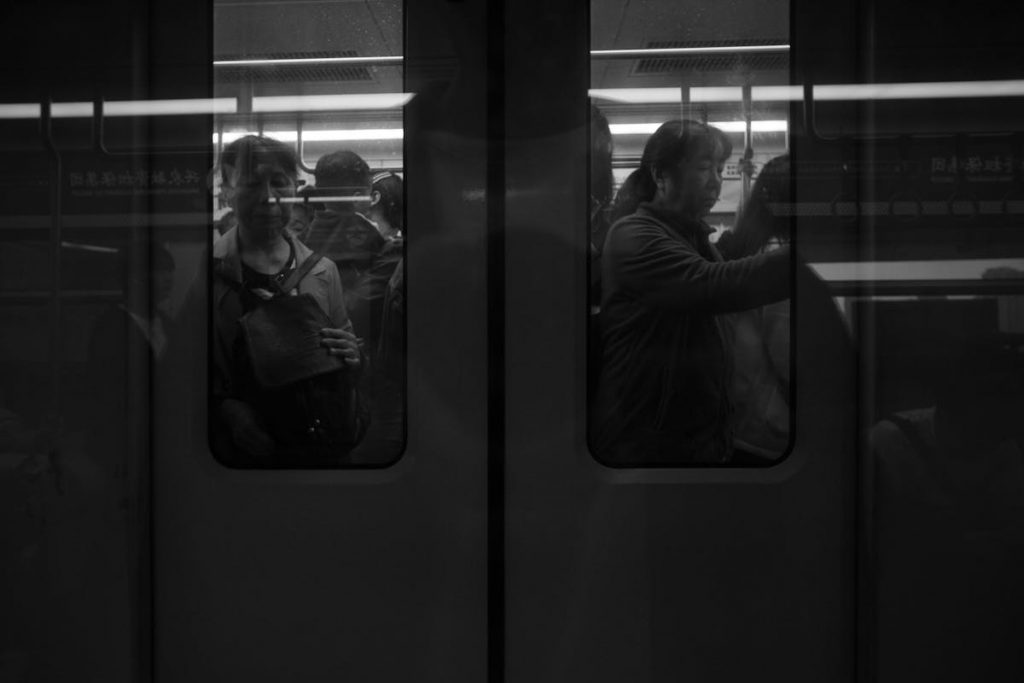- Modern commuters value organization, real-time updates, and multi-modal connectivity in their transportation experience.
- Incorporating green options can combat issues like urban noise pollution and air quality.
- Safety enhancements, such as improved lighting and surveillance systems, are crucial for building trust and satisfaction among commuters.
- Transportation providers must identify and tackle practical challenges in implementing changes for better services.
- Public-private partnerships and phased implementation can effectively overcome obstacles such as funding and resistance to change.
In a bustling world where every minute counts, the way we move from point A to point B profoundly impacts our daily lives. Commuters of today are looking for more than just a mode of transportation; they are searching for an experience that is not just efficient but also environmentally friendly and safe. This blog post dives into the top 5 transportation services that are revolutionizing the commute experience for people worldwide.
Understanding the Needs of Modern Commuters
Commuters today are defined by their adaptability and their digital prowess. A working professional might now juggle their schedules between a co-working space, a gym, and a coffee shop, all in a day’s work. This type of mobility not only requires physical infrastructure but also digital integration. Understanding the contemporary commuter means grasping their need for flexibility, real-time information, and an eco-friendly approach to their daily travels.

Key Transportation Services for Commuter Satisfaction
1. Organized System
No one enjoys the confusion of a haphazard transit system. An organized system ensures that commuters can trust that their transportation will be prompt, safe, and efficient. Effective leadership within transportation authorities can lead to a more organized and responsive system.
Take a look at how the leaders of the Singapore Mass Rapid Transit, or SMRT, have transformed the country’s transit system into a reliable and innovative mode of transportation. SMRT CEO Ngien Hoon Ping has made it their mission to improve the system’s reliability and sustainability. They have implemented various technological advances to reduce carbon emissions and improve the overall commuter experience.
2. Real-Time Updates and Mobile Integration
Modern life is unpredictable, and commuters must be instantly alerted to changes. Real-time updates available through mobile apps have transformed the way we keep a pulse on our routes. With an increasingly digital landscape, mobile integration is no longer a luxury — it’s a necessity. These updates provide schedules, delays, and alternate routes, ensuring that no delay becomes a catastrophe for the daily plan.
3. Multi-Modal Connectivity
The most efficient way to tackle the daily grind is by connecting seamlessly between various transit modes. Multi-modal connectivity lets commuters switch between buses, trains, and bikes without missing a beat. This not only reduces congestion and travel times but also provides the kind of flexibility that modern life demands.
In addition to physical connectivity, there is also the movement towards integrating payment methods. Contactless payments and integrated fare systems make it easier for commuters to access different modes of transportation without worrying about purchasing tickets or having exact changes.
4. Green Transportation Options
The days of disregarding the environmental impact of commuting are long gone. Green transportation options, from electric vehicles to bike shares, have captured the interest of eco-conscious consumers. These services align with personal values and offer quieter, cleaner, and often more efficient travel that can combat issues like urban noise pollution and air quality.

5. Safety Enhancements
A commuter’s peace of mind is paramount. Safety enhancements in transportation, such as improved lighting, the presence of security personnel, and surveillance systems, go a long way in building trust and satisfaction. When commuters feel safe, they are more likely to use public transportation, reducing road congestion and contributing to a more cohesive urban experience.
Moreover, advancements in technology have also led to the development of safety features like emergency buttons and real-time tracking, providing extra protection for passengers.
Implementing Changes for Better Commuter Services
The road to a satisfying commute is paved with good intentions but hindered by practical challenges. Transportation providers must identify and tackle these challenges head-on to implement services effectively. Potential obstacles, such as funding for new technologies and infrastructure or resistance to change, can be daunting. However, these hurdles can be managed with the right strategies, such as public-private partnerships and phased implementation.
The Bottom Line
The era of the passive commuter is over. Today’s travelers are active participants in shaping the transportation landscape. By understanding the needs of modern commuters and implementing services that focus on organization, real-time updates, multi-modal connectivity, green options, and safety, transportation providers can create a more responsive and satisfying experience for their audience.